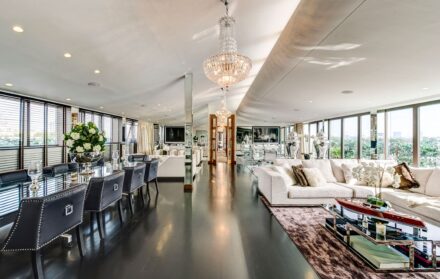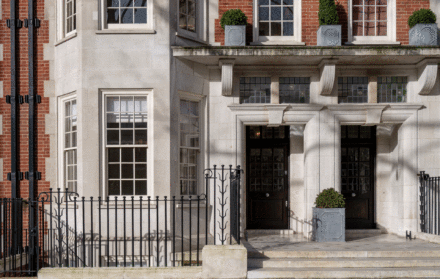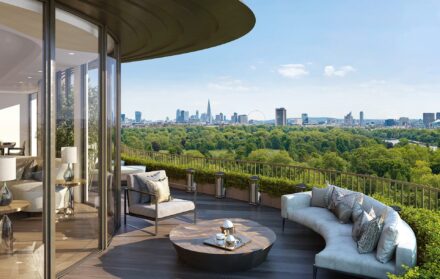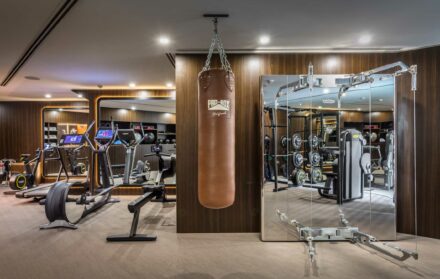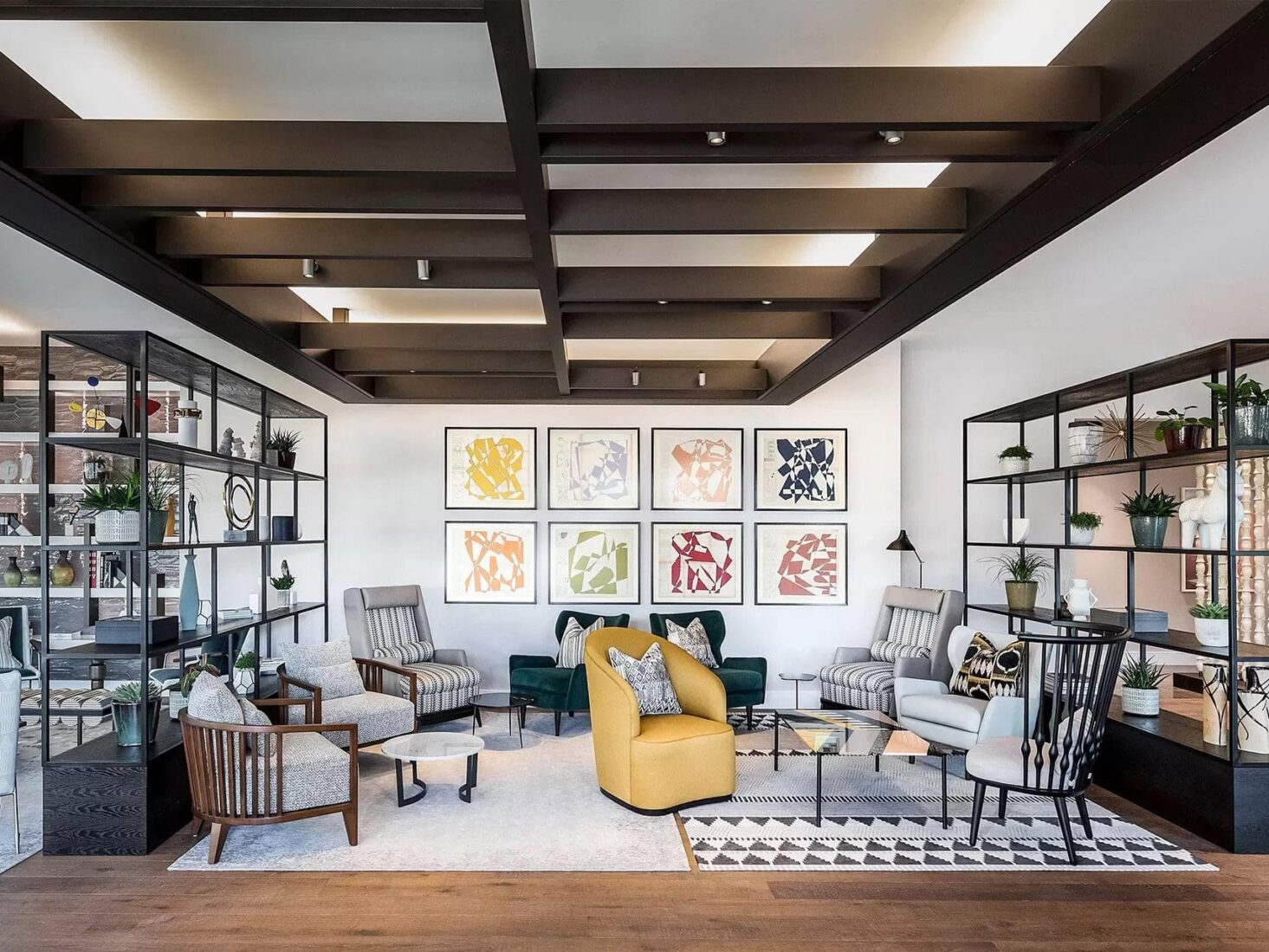
The new office: Why wellbeing-focused working spaces could be the end of WFH
Employers might be struggling to get staff back to their desks, but studies suggest that if planning was better considered from the outset, offices could actually improve the wellbeing. However, will anyone ditch working from home?
Jordan Relfe concedes that not everyone in the property sector gets it. When he pitched his idea for sustainable, health-focused offices to the first 40 or so possible clients, everyone simply asked how much it would cost. Now, he says, there’s more concern as to whether they can afford not to follow his advice.
Relfe is the co-founder, with Adam Hinds, of a ground-breaking consulting company – founded five years ago and relaunched earlier this year – called LifeProven. The idea is deceptively simple. It’s all to do with something called ESG – environmental, social and governance – which companies are paying increasingly more attention to. As far as the property industry has been concerned, ESG has boiled down to making building processes, and the resulting buildings, more sustainable, something government legislation has, over recent years, made a front-and-centre issue.
Relfe and Hinds want to add another layer: persuading developers that their residential and office buildings – new or retro-fitted – can be designed to have a positive effect on the wellbeing of their occupants. “Wellbeing as a quality of building design has a long way to go before it’s widely understood,” says Relfe, “but it’s not hard to see how certain approaches [for building design and construction] lead to improvements for the physical and mental health of the people who work or live within them. It’s a more mature idea for commercial developers. But I think we can see it being adopted for residential properties too, given the greater diversity of those, the tight margins of the build-to-rent market and the older mindset of build-to-sell. All that’s going to change.”
So how exactly might a building be designed to improve occupant wellbeing? Any building designed to have, say, more natural light, better natural air flow – somewhat against the trend for hermetically-sealed and air-conditioned offices – access to green space, good acoustic and thermal characteristics, which offer privacy but also a dynamic that encourages interaction between occupants, and so on, will make living or working in it that much more of a positive experience. Conversely, in time, those that don’t may be better understood as having a negative impact on quality of life.
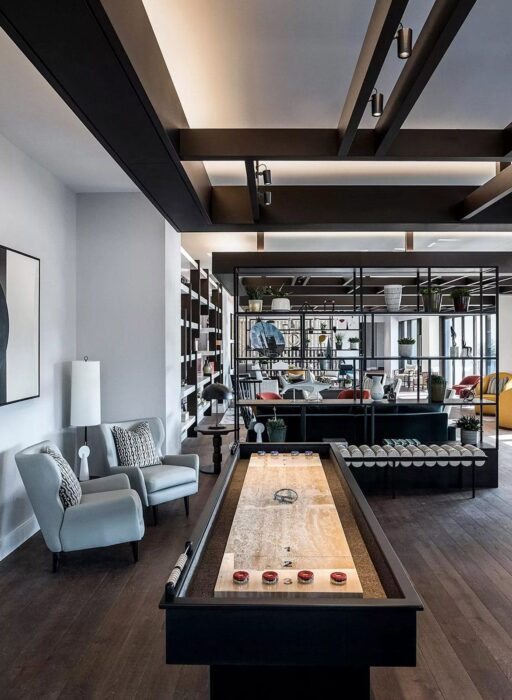
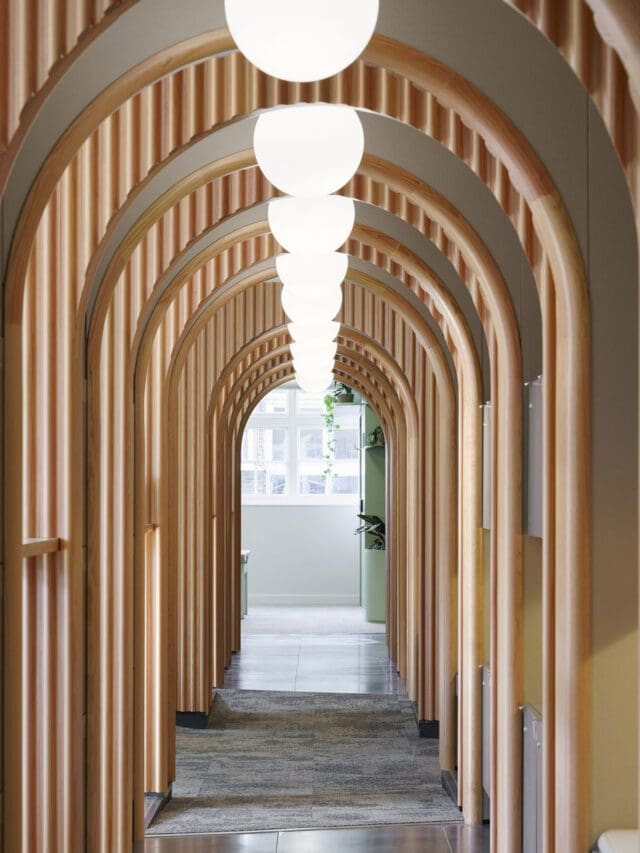
“It can seem blindingly obvious that if we spend all our time in these spaces then they should work for us. But there’s a sense that ‘real estate’ gets lost in thoughts of bricks and mortar, high finance, asset classes and men in suits, not what a buildings’ purpose actually is,” suggests Ben Prevezer of Mason and Fifth, a developer of community-oriented projects in London. But a greater focus on buildings “providing a more seamless experience [for those inside them]” is, he suggests, in the air – and not least because of a major shift in the culture of housing in the UK from ownership to rental, which necessarily encourages developers and landlords to take a longer-term perspective.
If the kinds of enhancements LifeProven proposes sound a little woolly, the company, in a first for the property sector, has sought to put them on a more scientific footing by backing them with hard data. The company has measured the success – or not – of buildings in terms of their wellbeing impact through the development of a metric, in conjunction with King’s College London. This is measured against ESG standards set by the World Health Organisation and mental health authorities, and based on LifeProven’s occupier surveys – with tens of thousands of data points, and growing – and a propriety data analysis process.
The property sector is not short of certification programmes – the likes of Well, or Fitwel – but LifeProven hopes that its stamp of approval will become the industry standard. Developers VervLife, Urban Splash, Dandi Living and Blackrock are the first to get on board. What’s more, Relfe argues, is the growing awakening to the whole idea that has come post-Covid. London has seen its office stock hollowed out. Being able to demonstrate that a building is better for its occupants will likely prove crucial not just to landlords seeking tenants, but also in persuading the latter to choose one building over another. And, of course, in the longer run it will allow those with a demonstrably good wellbeing standard to charge a premium. Likewise, prospective buyers of buildings increasingly see its wellbeing standards as underpinning its long-term value.
“Many companies have faced the challenge of bringing people back into offices, and in part that’s been about showing staff the value in doing so, which is, in part, increasingly about how they can fundamentally be better spaces to be in,” suggests Jack Hosea, director of architectural firm, Threefold. “What’s interesting is that it’s a merging of what have long been the very separate worlds of commercial and residential property – in a sense it’s about making workspaces homelier. Of course, most companies want a happy, healthy workforce because that’s more productive. But it’s not all about short-term profit. It’s also a recognition that wellbeing as part of ESG in the property sector is going to be huge.”
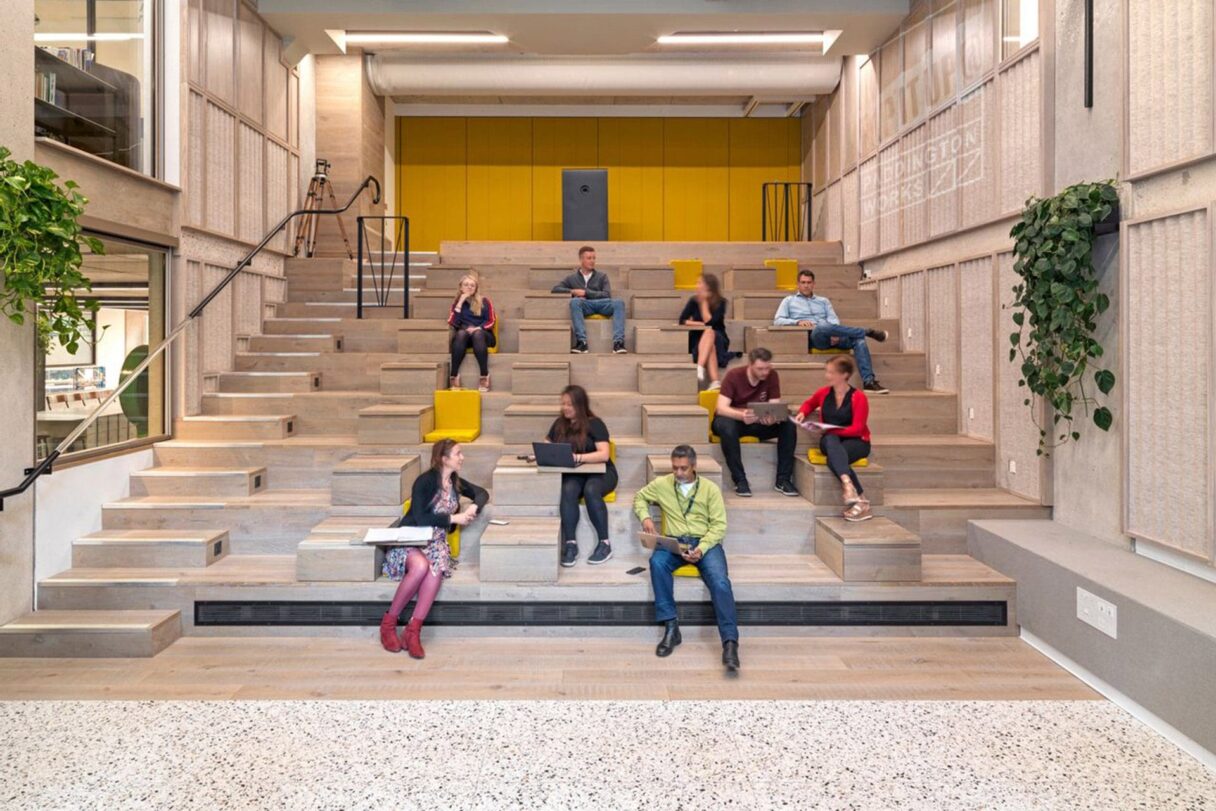
It’s already happening, according to Relfe. “What we saw [during the pandemic] was that those offices that supported the people who worked in them were pushed to the top of the market,” he says. “And, at the macro level, we’re now seeing that the big investment funds we work with are interested in occupant wellbeing because they see performance gains [on their property portfolios] following from it. The old idea of ‘refurbish a building, let it, leave it for 15 years and refurbish again’ is being replaced by one of ‘refurbish, let and monitor yearly to ensure its standards meet with new expectations’.”
Relfe is pragmatic about the limitations on developers regarding what they can do to make their buildings more or less wellbeing-friendly, given ever more tightly-squeezed budgets. But the data insight allows developers to understand the wellbeing value of their specific plans – that, for example, a gym may be half the price of a roof terrace, and seem like a good idea, but actually the terrace will offer greater return over time, both in terms of wellbeing and rental income. “You can’t just make every window in a building massive,” says Relfe. “But having the data allows a developer to make extremely targeted decisions.”
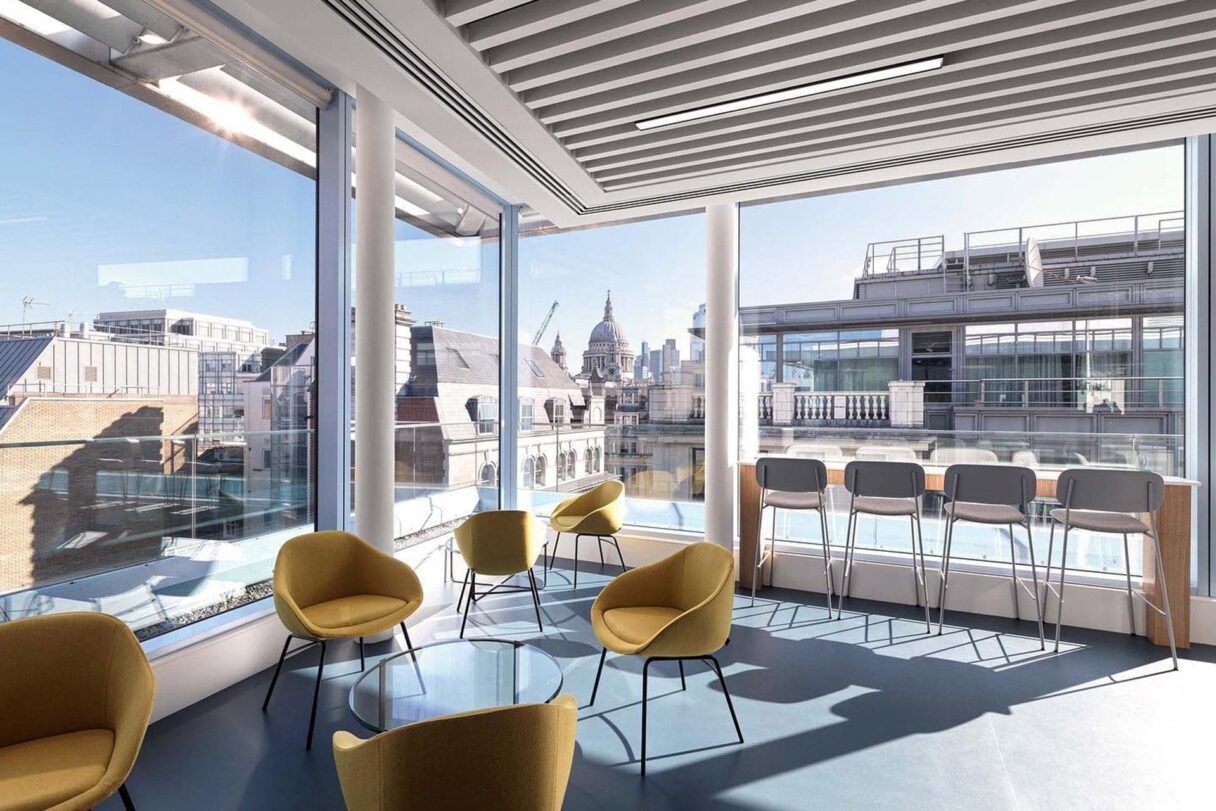
Richard Angel, co-founder of interior designer frim Angel-O’Donnell, which is working on some of London’s highest-spec residential properties, including Park Hyatt Nine Elms and Centrepoint, argues that while the idea of spaces designed with wellbeing in mind has, to date, been overlooked because “all this can seem intangible”, it’s not just being driven by the changes brought by Covid-19. It’s also a product of changing demographics. “The [luxury property] consumer especially has shifted. They are younger, non-traditional and more conscious of both their prospective home’s environmental and wellbeing impact,” he argues. “And, of course, that generational shift applies to designers who are thinking about these spaces, too.”
Indeed, offices and residential buildings may come to be regarded as more or less desirable not based on their fixtures and fittings, their square footage or the fact there’s free juice in the breakout areas, but by how successfully they address other wellbeing enhancements – those that may be less glamorous but which nonetheless bring serious benefits. We’re waking up to these, says Relfe, who believes that ESG and wellbeing considerations will become a mainstream consideration, for commercial and residential tenants, for house-buyers, and for mortgage providers, within a decade.
“By then it will be a way of thinking about the spaces in which we live and work. We’ll all be much more attuned. We’ve been ahead of the curve but we’re expecting more competition in what we do, because there’s most definitely a shift in mindset coming.”
See you at the water cooler.
Visit lifeproven.co.uk
Read more: Jacu Strauss: The Lore Group creative director on designing the world’s coolest hotels

